
Do super foods make you super?
A look at 10 super foods that are good for volleyball athletes
Resources for
Follow USAVolleyball
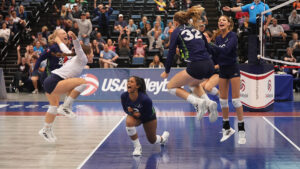 USA Volleyball Education is focused on improving developmental and educational opportunities across the sport of volleyball from grassroots to the national team level. Our goal is to provide the opportunity to access, complete and apply high-quality information and methods in the technical, tactical, physical and emotional aspects of the game for athletes and coaches while providing training, support and resources for other key stakeholders including officials, parents and clubs.
USA Volleyball Education is focused on improving developmental and educational opportunities across the sport of volleyball from grassroots to the national team level. Our goal is to provide the opportunity to access, complete and apply high-quality information and methods in the technical, tactical, physical and emotional aspects of the game for athletes and coaches while providing training, support and resources for other key stakeholders including officials, parents and clubs.
For years, the focus of volleyball in many areas and across various levels shifted to a mindset of winning at all costs.
What we now know is that the most successful teams in the world have developed a model of training and a culture that supports a holistic approach to athlete development which not only sets them up for competitive success on the court, but values and emphasizes the important of athlete health, well-being and long-term involvement in the sport.
The USA Volleyball Development Model was created based on the idea that volleyball in the U.S. could be taught differently, resulting in long-lasting positive outcomes across all measures of performance while keeping kids involved and loving the game longer.
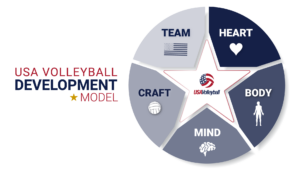
The five pillars of the USA Volleyball Development model provide the basis for a holistic approach to the core elements that are vital to supporting development at every level and across age groups.
USA Volleyball Education is committed to providing support for the volleyball community with a role-based approach to education and training. Whether you’re planning practices, cheering from the stands or making the right call, we provide the tools and resources to help you succeed.
USA Volleyball partner Sports Imports has provided USA Volleyball coaches with drills for use with their Trainer+ and The Vertec.


A look at 10 super foods that are good for volleyball athletes
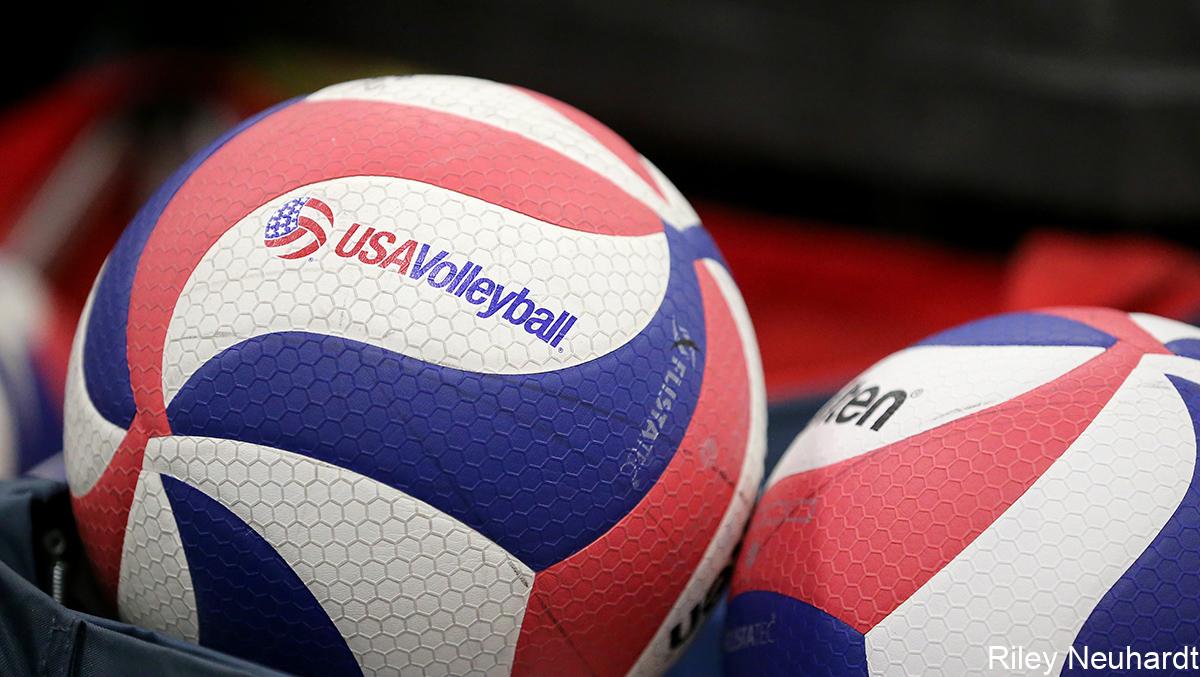
A three, six, eight or 12-week lesson plan can be put together by picking and choosing from the options presented herein.

About a decade ago my kids and I went up to Lander, Wyoming to run a high school volleyball camp at the base of the Wind River Range, and home of the famous “cheesewheel” (a batter fried cheeseburger) and NOLS, the National Outdoor Leadership School.
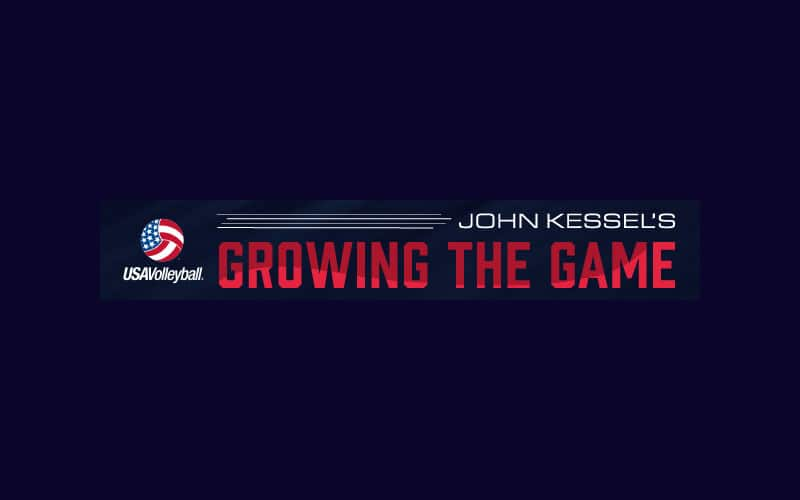
I love to read. Enter my USA Volleyball office, or my little home built back in 1899 and you might be taken aback by how many books are sitting on so many shelves.

This short blog is a response to a coach who felt that worrying that all drills are gamelike was irrelevant. It is not irrelevant, nor anal. It is principle driven.
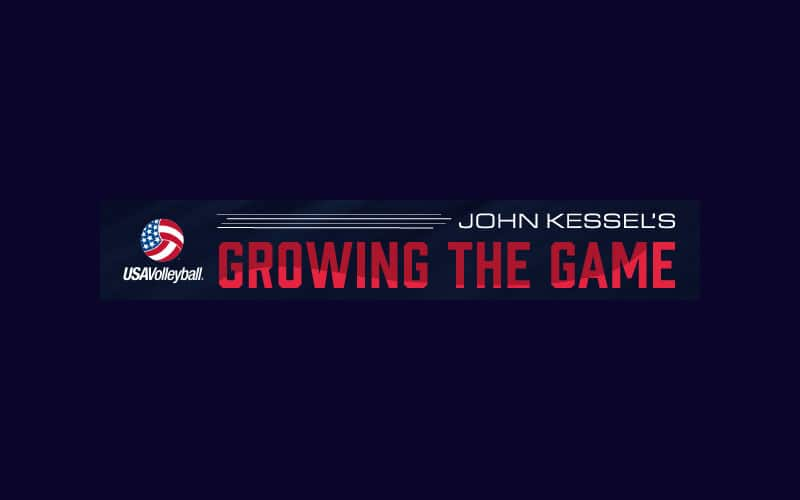
“Where is volleyball played?” is a question to ask your players or other coaches if you want to start an interesting discussion. “What is the most important skill in volleyball?” is the second question I ask to prompt some serious conversation.
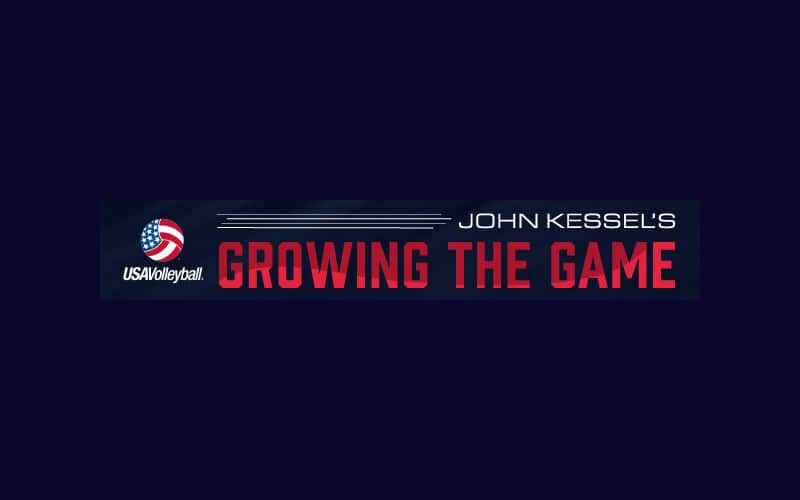
I am not an expert at the sport of sitting volleyball. The experts are Bill Hamiter, Mike Hulett and Elliot Blake, and the Paralympians who compete in it. However, I have spent over 20 years in growing the disabled game together.
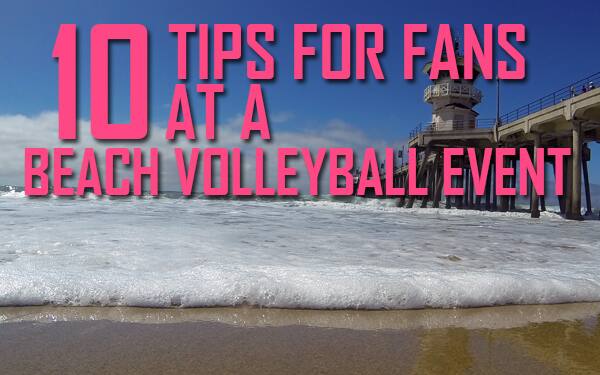
Brooke Sweat and Lauren Fendrick give fans beach tips

I have been an International Volleyball Federation (FIVB) Instructor doing Level 1,2 and 3 courses since 1987. Over 50 nations and counting and each time I learn new things from those who I am teaching.
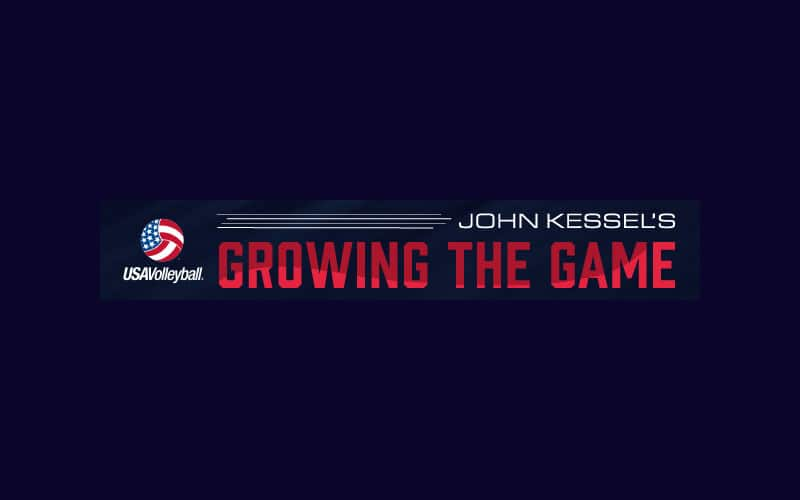
Ouch, it hurts, even the word “cut” comes from the action of your body being sliced open to some level. It might even seem right now that your hope or even long term dream of playing at a higher level seems over.
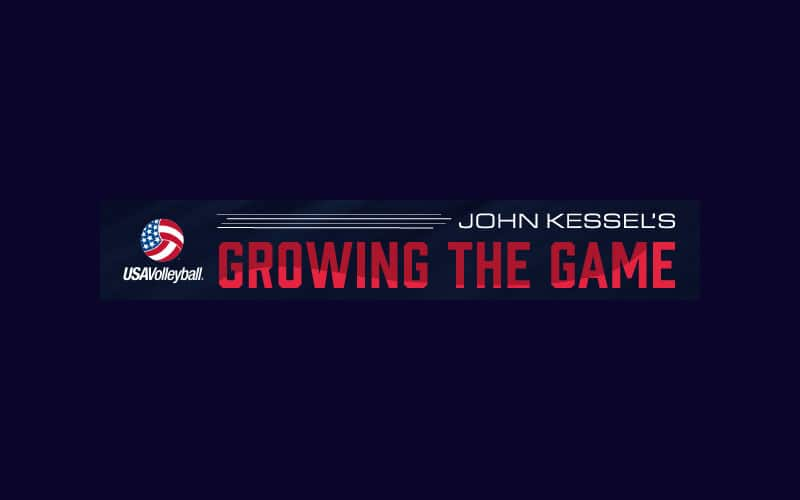
I often talk about variance and bell curves in coaching and player courses, as being aware of this fact of life, including in sports, is important.
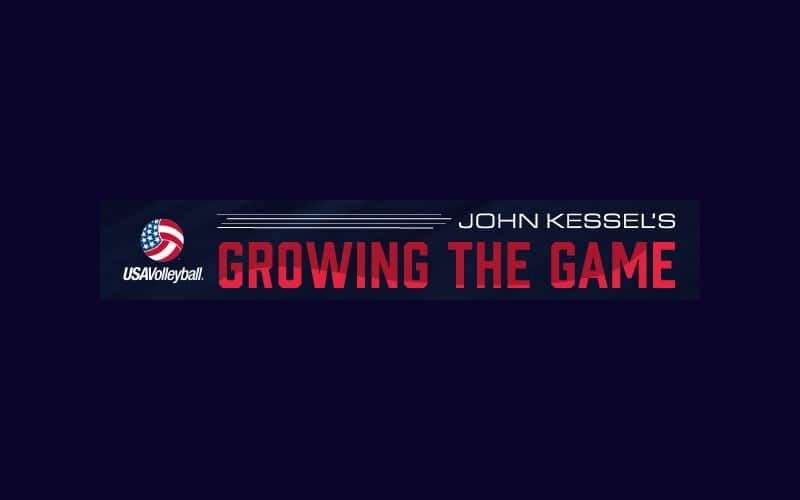
I returned this week to a special place of ancestors, a village I first was lucky to visit a decade ago, the Makah Nation.
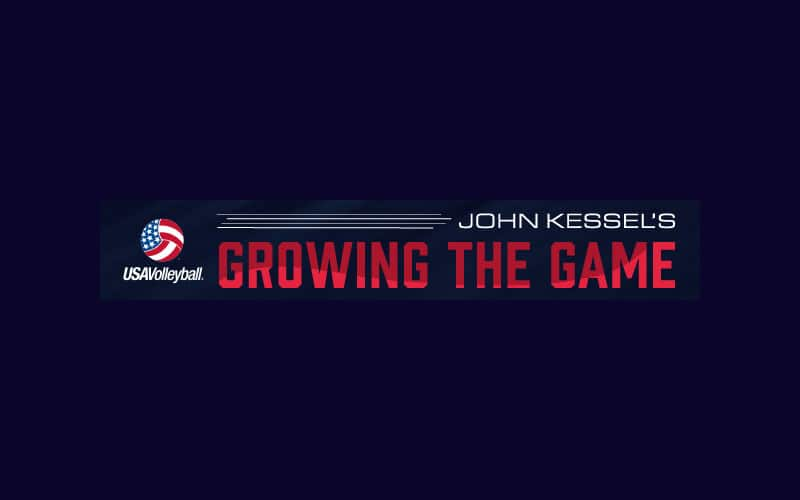
In advance know that this is a two topic blog, woven together by my favorite songs. This first part is for those coaches who need to know more about developing creative players with VB IQ, then I will close with things I have learned from my recent losses of those dear to me.
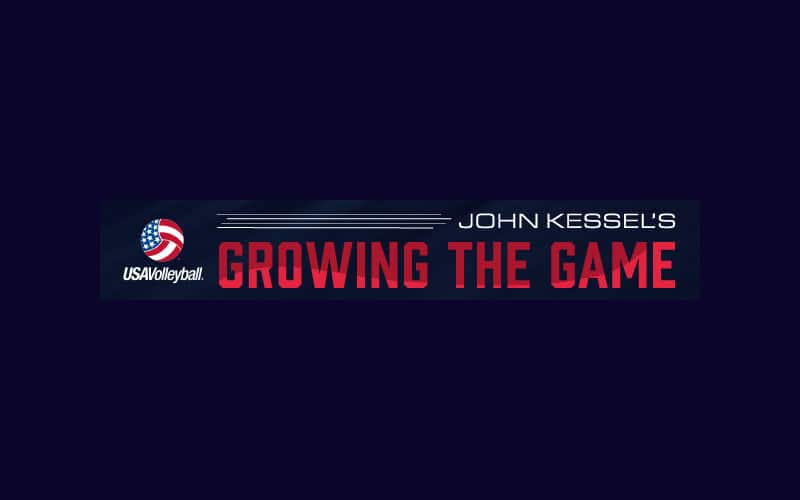
As we grow the game together, there are three places we need to create for kids to get a chance to make volleyball their lifetime sport...
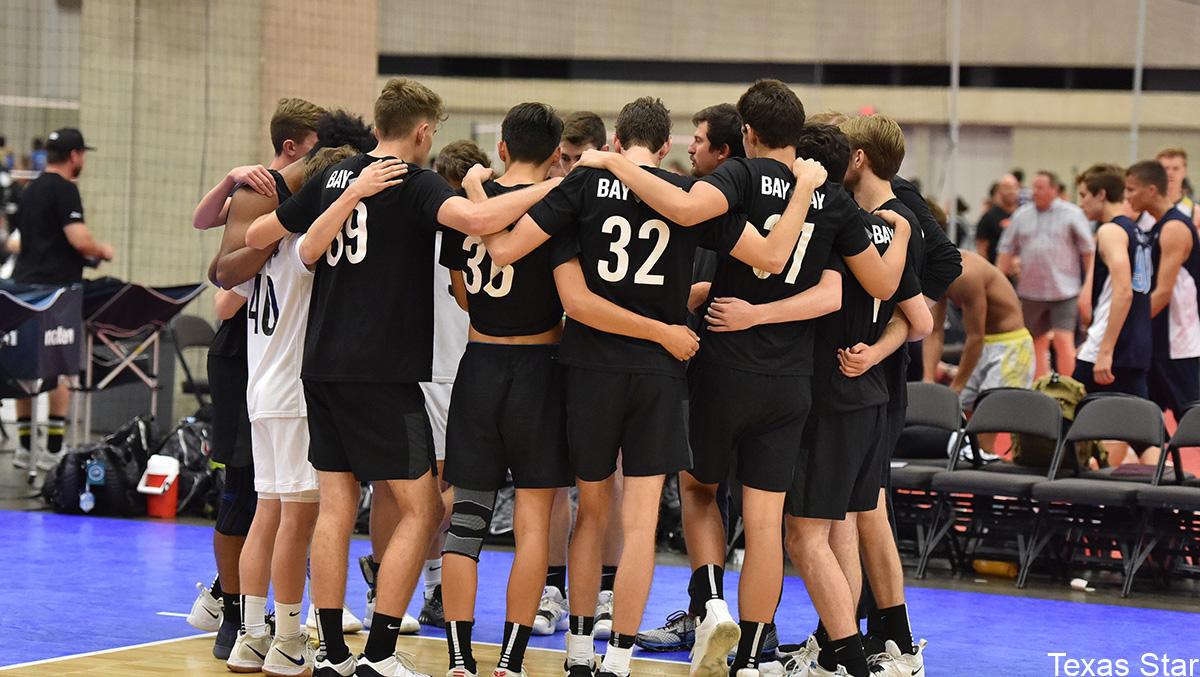
The word FUNdaMENTAL hints at two very important factors for all players: having fun and developing good mental skills.
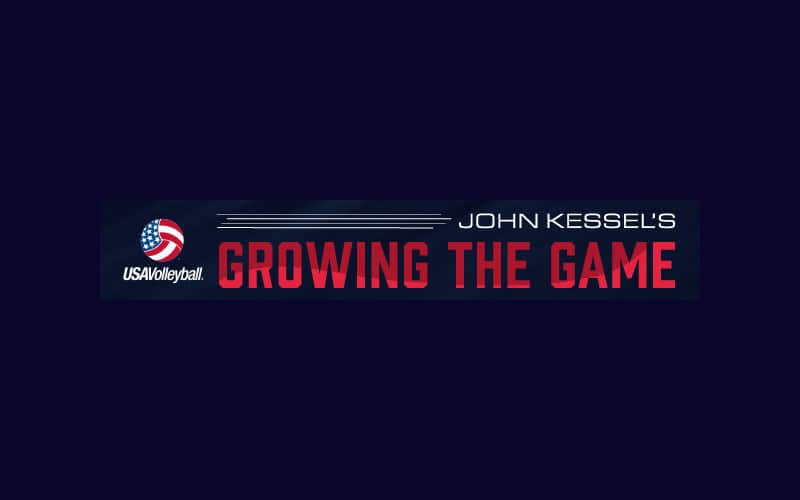
At the 2014 Sitting World Championships in Poland in June, I watched a wide variety of coaching styles and while there are over 20 nations and their cultures competing here, the styles fall into basically two different camps...
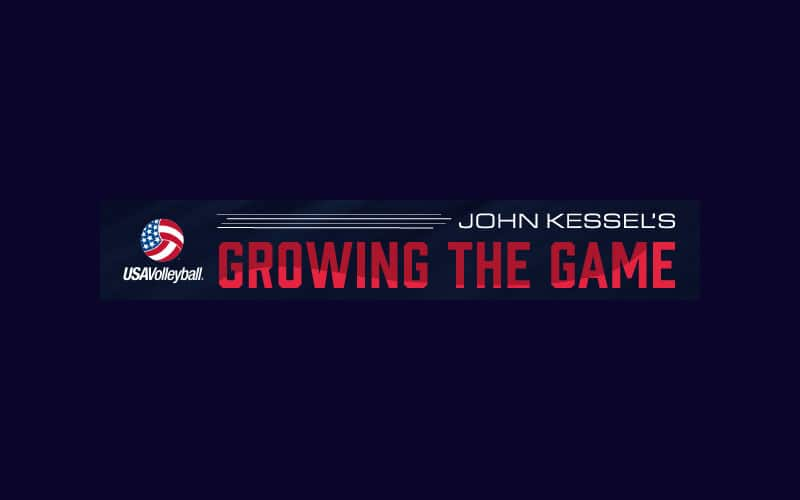
If you come to visit us at USA Volleyball’s offices in Colorado Springs (please do!), and I am in town I will take you on a tour. One of the first stops, after the “Gold Room” where all staff meetings are held surrounded by pictures of all the US Olympic gold medal teams to date, beach and indoor, is this corner by CEO Doug Beal’s office. It is one of several statues commissioned in honor of 1984 Olympic silver medalist Flo Hyman.
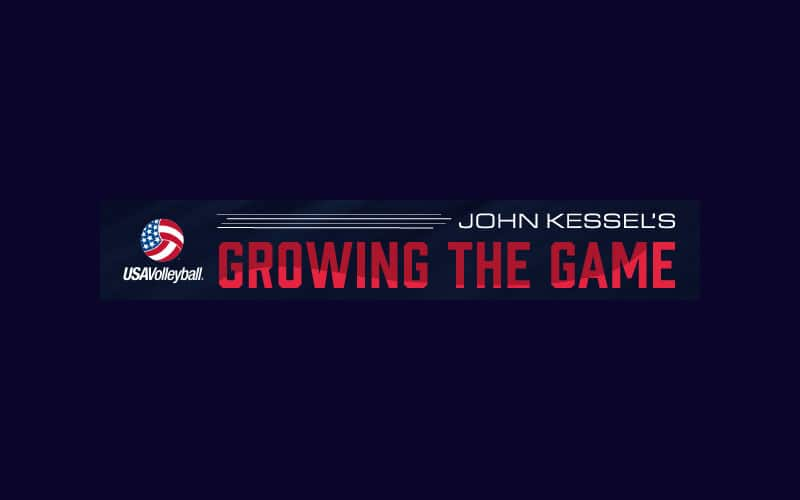
There is only hard work, the science and randomness of our sport. At the start of my coaching, I was looking for “the answer” or the “drills” that would make me a winning coach. When I discovered the science of motor learning, I also learned that there is no magic, thanks to the knowledge of a coach that has been my mentor for nearly 40 years.

As I have found, some of the coaches most needing to read the science and ideas in this blog are simply not reading the ideas in their entirety.